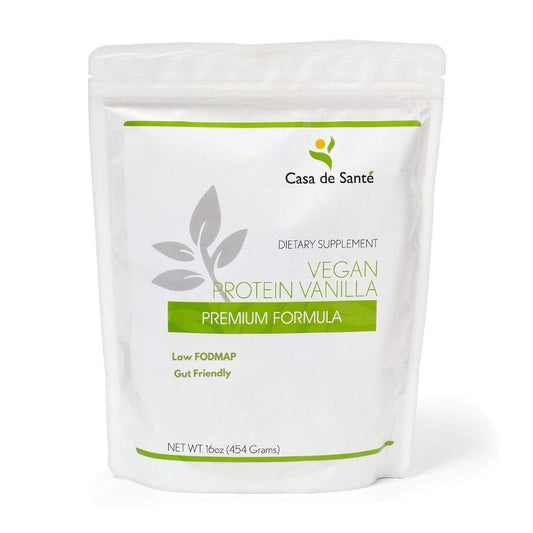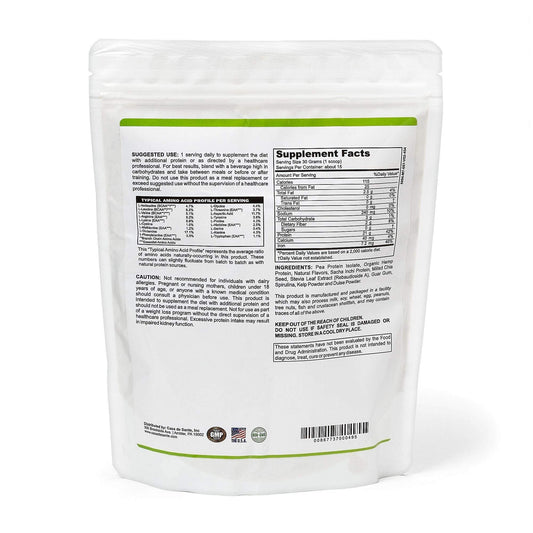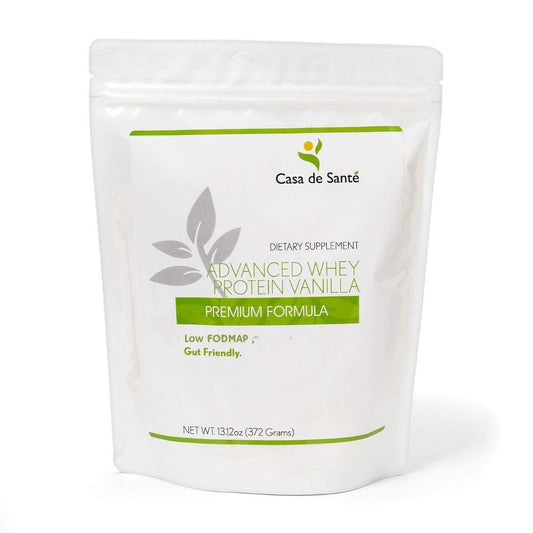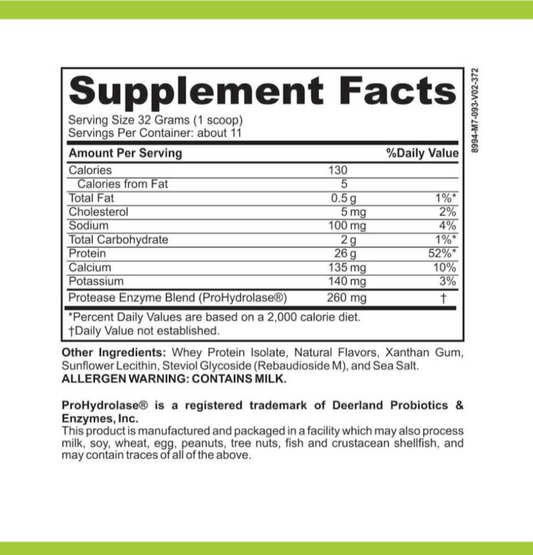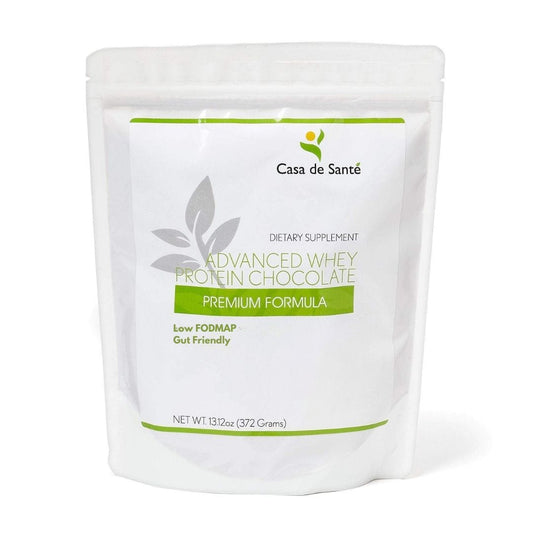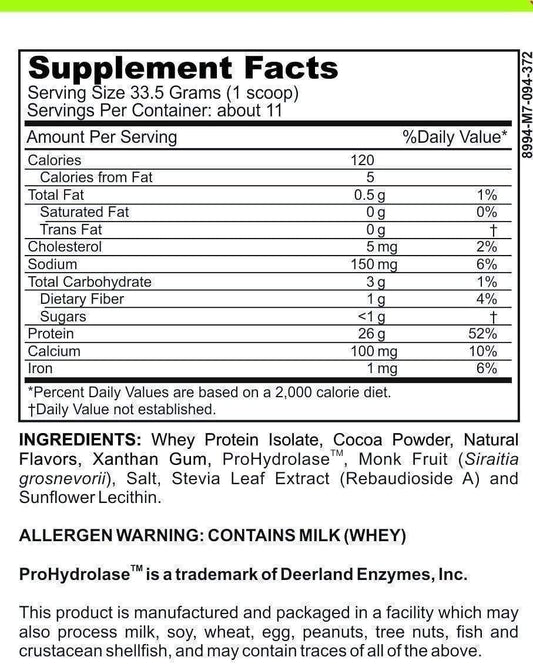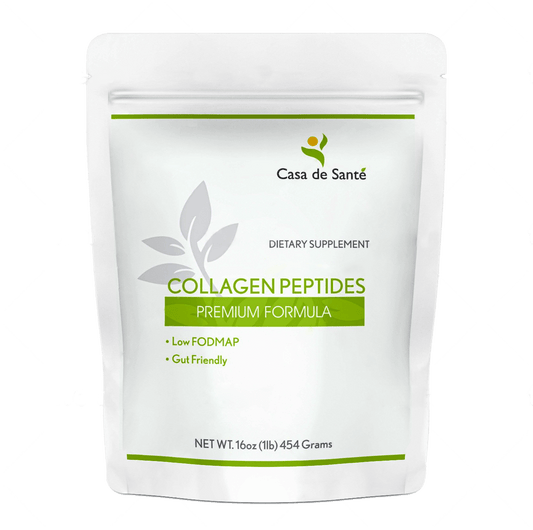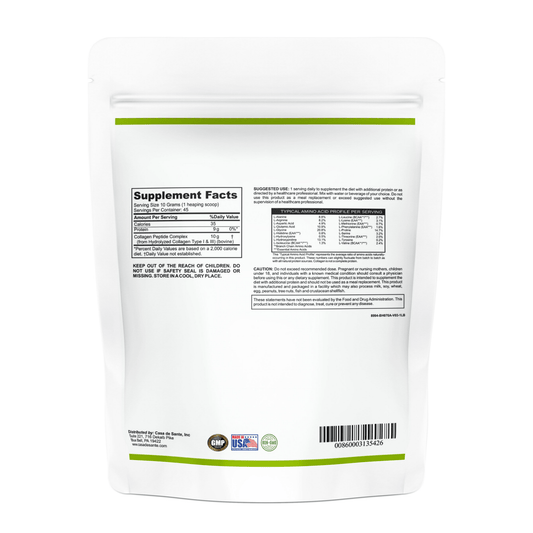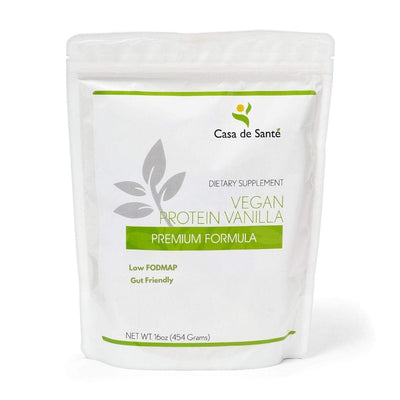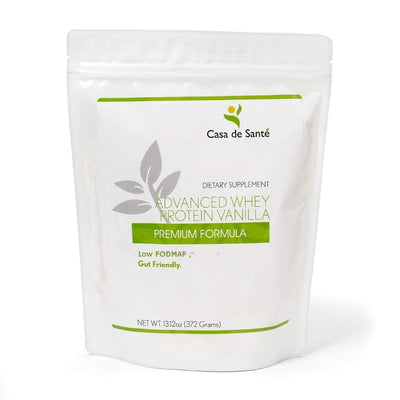How To Remove Salt From Sauerkraut
How To Remove Salt From Sauerkraut
Sauerkraut is a popular fermented food that has been enjoyed by people all over the world for centuries. It is made by fermenting finely chopped cabbage with salt. However, some people may prefer to have low sodium sauerkraut due to dietary restrictions or health reasons. In this article, we will discuss the reasons for removing salt from sauerkraut, the health benefits of low sodium sauerkraut, and various methods for making low sodium sauerkraut at home.
Why Removing Salt From Sauerkraut is Important
While salt is essential for proper fermentation of sauerkraut, excessive salt consumption can lead to numerous health problems such as high blood pressure, heart disease, and stroke. Therefore, it is essential to reduce the salt content in sauerkraut for people who need to control their sodium intake.
Reducing the salt content in sauerkraut can also improve its taste and texture. Sauerkraut with excessive salt can taste too salty and have a tough texture, which can be unappetizing for some people. By removing some of the salt, the sauerkraut can have a milder taste and a softer texture, making it more enjoyable to eat.
Another reason to remove salt from sauerkraut is to make it more accessible to people with certain health conditions. For example, individuals with kidney disease or congestive heart failure may need to limit their sodium intake to prevent fluid retention and other complications. By reducing the salt content in sauerkraut, these individuals can still enjoy the health benefits of fermented foods without compromising their health.
The Health Benefits of Low Sodium Sauerkraut
Low sodium sauerkraut has numerous health benefits. It is a rich source of dietary fiber and contains vitamin C, K, and B6. Additionally, it contains probiotics that can improve digestive health and boost the immune system. Therefore, by reducing the salt content in sauerkraut, you can enjoy these health benefits without worrying about consuming excessive amounts of sodium.
Furthermore, low sodium sauerkraut is a great option for individuals who are trying to manage their blood pressure. High sodium intake can lead to high blood pressure, which can increase the risk of heart disease and stroke. By choosing low sodium sauerkraut, you can still enjoy the tangy flavor and health benefits of sauerkraut without negatively impacting your blood pressure.
Another benefit of low sodium sauerkraut is its versatility in cooking. It can be used as a topping for sandwiches, a side dish for meats, or even as a base for soups and stews. Its tangy flavor can add depth to any dish, while also providing a boost of nutrients. So, next time you're looking for a healthy and flavorful addition to your meal, consider adding some low sodium sauerkraut.
Tips for Making Low Sodium Sauerkraut at Home
Here are some tips for making low sodium sauerkraut at home:
- Use fresh cabbage: Fresh cabbage has a higher water content, which means you can use less salt and still achieve proper fermentation.
- Use a hydrometer: A hydrometer can help you measure the salt content in the brine and ensure that it is at the proper level for fermentation.
- Use a large bowl: A large bowl will allow you to mix the cabbage and salt thoroughly, ensuring that the salt is evenly distributed and reducing the need for excessive salt.
Another tip for making low sodium sauerkraut is to add other vegetables or fruits to the mix. This not only adds flavor and variety, but can also help to reduce the overall sodium content. Some great options to try include carrots, apples, and onions. Just be sure to adjust the salt content accordingly based on the additional ingredients.
How to Rinse Sauerkraut to Reduce Salt Content
Rinsing sauerkraut can help reduce its salt content. To do this, drain the brine and rinse the sauerkraut with cold water. Use a colander or strainer to ensure that all the sauerkraut is rinsed thoroughly. You may need to repeat this process a few times to achieve the desired salt level.
It is important to note that rinsing sauerkraut may also reduce its probiotic content. Probiotics are beneficial bacteria that can aid in digestion and boost the immune system. If you are looking to reap the benefits of probiotics, it may be best to consume sauerkraut without rinsing it. However, if you are watching your sodium intake, rinsing sauerkraut can be a helpful option.
The Benefits of Soaking Sauerkraut to Remove Salt
Soaking sauerkraut in water can help remove excess salt. To do this, put the sauerkraut in a large bowl and add enough water to cover it. Let it soak for 30 minutes to an hour, then drain the water. You may need to repeat this process a few times to achieve the desired salt level.
Using Vinegar to Reduce Salt in Sauerkraut
Adding vinegar to sauerkraut can help reduce its salt content. To do this, add a small amount of vinegar to the sauerkraut and mix well. Vinegar can also add a tangy flavor to the sauerkraut, making it a great addition to salads, sandwiches, and other dishes.
It is important to note that adding vinegar to sauerkraut may alter its texture and color. The sauerkraut may become softer and lose some of its bright white color. However, this does not affect its taste or nutritional value.
Another benefit of using vinegar in sauerkraut is that it can help preserve the sauerkraut for a longer period of time. The acidic nature of vinegar can prevent the growth of harmful bacteria, ensuring that the sauerkraut stays fresh and safe to eat for a longer period of time.
Using a Salt Substitute for Healthier Sauerkraut
Using a salt substitute can help make sauerkraut healthier. There are several salt substitutes available on the market that are low in sodium and can be used in place of salt. However, it is important to read the labels carefully to ensure that the salt substitute is safe for your specific dietary needs.
One popular salt substitute for sauerkraut is celery juice. Celery juice contains natural nitrates that can help preserve the sauerkraut and give it a similar flavor to traditional sauerkraut made with salt. Another option is to use a combination of herbs and spices, such as dill, caraway seeds, and garlic, to add flavor to the sauerkraut without adding salt.
It is important to note that while using a salt substitute can make sauerkraut healthier, it may also change the texture and taste of the final product. It may take some experimentation to find the right combination of ingredients to achieve the desired flavor and texture. Additionally, it is important to follow proper fermentation techniques to ensure the sauerkraut is safe to eat.
Reducing Sodium in Sauerkraut for People with High Blood Pressure
People with high blood pressure need to monitor their sodium intake carefully. If you have high blood pressure, reducing the salt content in sauerkraut can help you manage this condition. The methods we have discussed above can help you reduce the sodium content in sauerkraut and enjoy its health benefits without compromising your health.
It is important to note that reducing sodium in sauerkraut does not mean compromising on taste. You can still enjoy the tangy flavor of sauerkraut by adding other flavorful ingredients such as caraway seeds, garlic, and apple cider vinegar. Additionally, you can experiment with different types of cabbage and fermentation methods to create a unique and delicious sauerkraut that is low in sodium and beneficial for your health.
How to Store Low Sodium Sauerkraut for Maximum Freshness
To store low sodium sauerkraut, place it in an airtight container and refrigerate it. It can stay fresh for up to six months. However, be sure to check the container regularly for any signs of spoilage such as mold or discoloration.
In conclusion, sauerkraut is a nutritious food that can be enjoyed by people on low-sodium diets. By following the tips and methods discussed in this article, you can make a delicious and healthy low-sodium sauerkraut at home. Remember to consult with your healthcare provider before making any dietary changes to ensure that they are safe and appropriate for your specific needs.
Another important tip for storing low sodium sauerkraut is to keep it away from direct sunlight. Exposure to sunlight can cause the sauerkraut to spoil faster and lose its nutritional value. It is also recommended to store sauerkraut in the back of the refrigerator, where the temperature is more consistent.
Additionally, if you have made a large batch of sauerkraut and do not plan on consuming it all within six months, you can freeze it for later use. Simply place the sauerkraut in a freezer-safe container and store it in the freezer for up to six months. When you are ready to use it, thaw it in the refrigerator overnight and enjoy!

